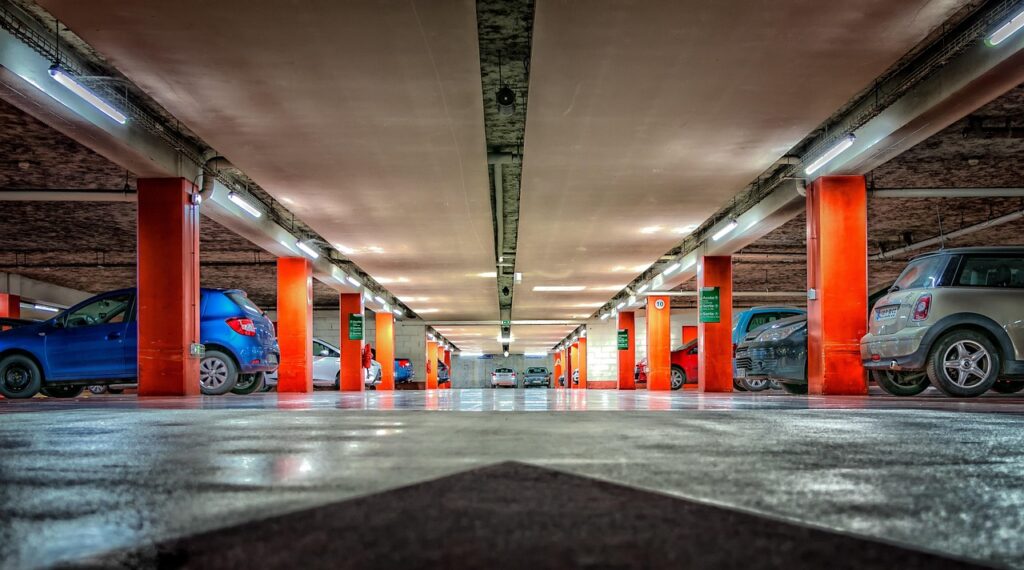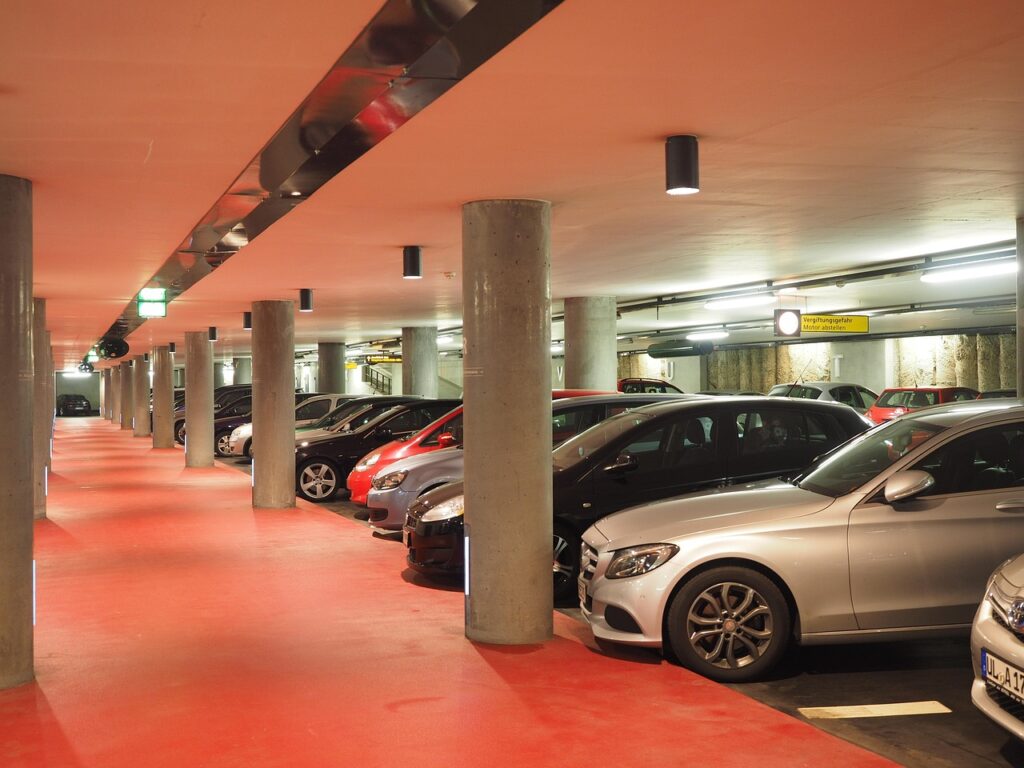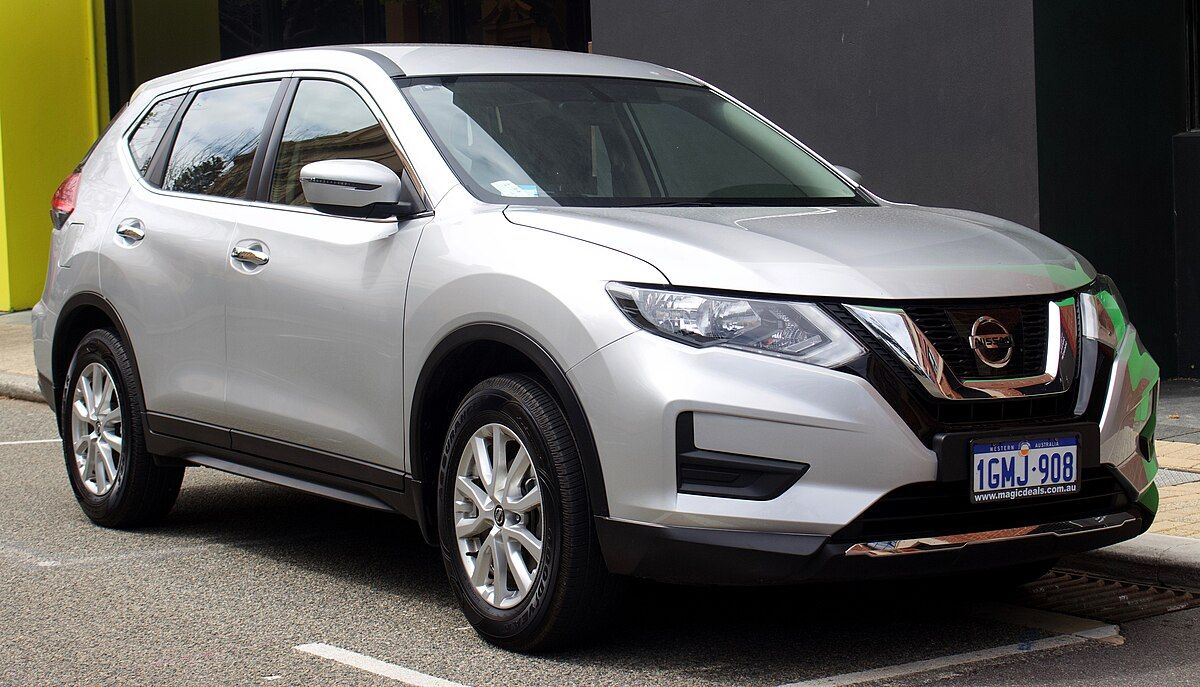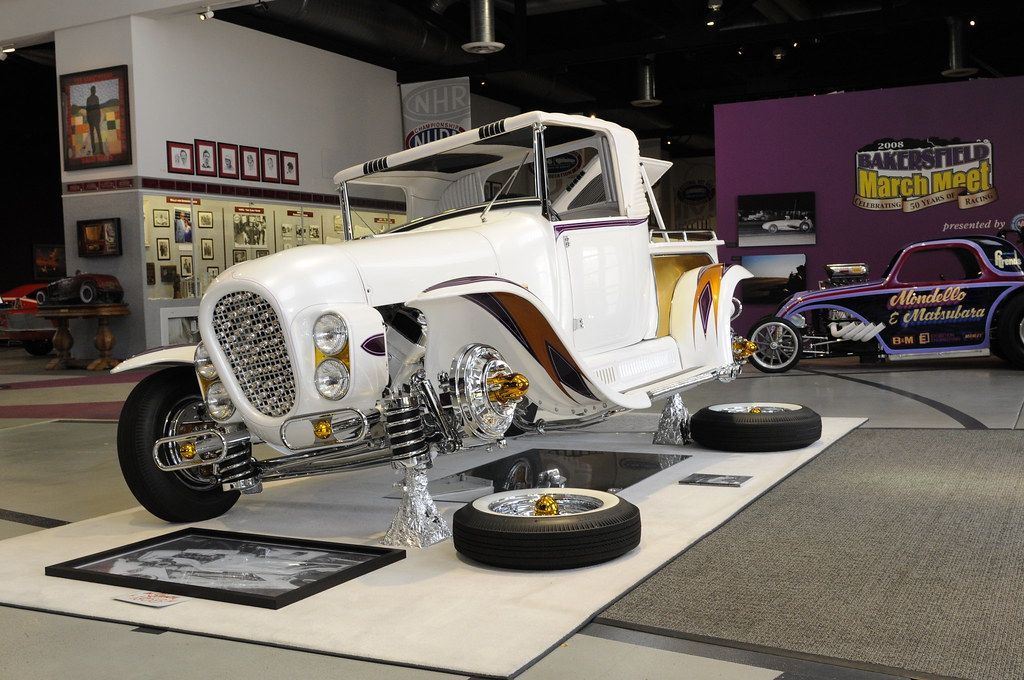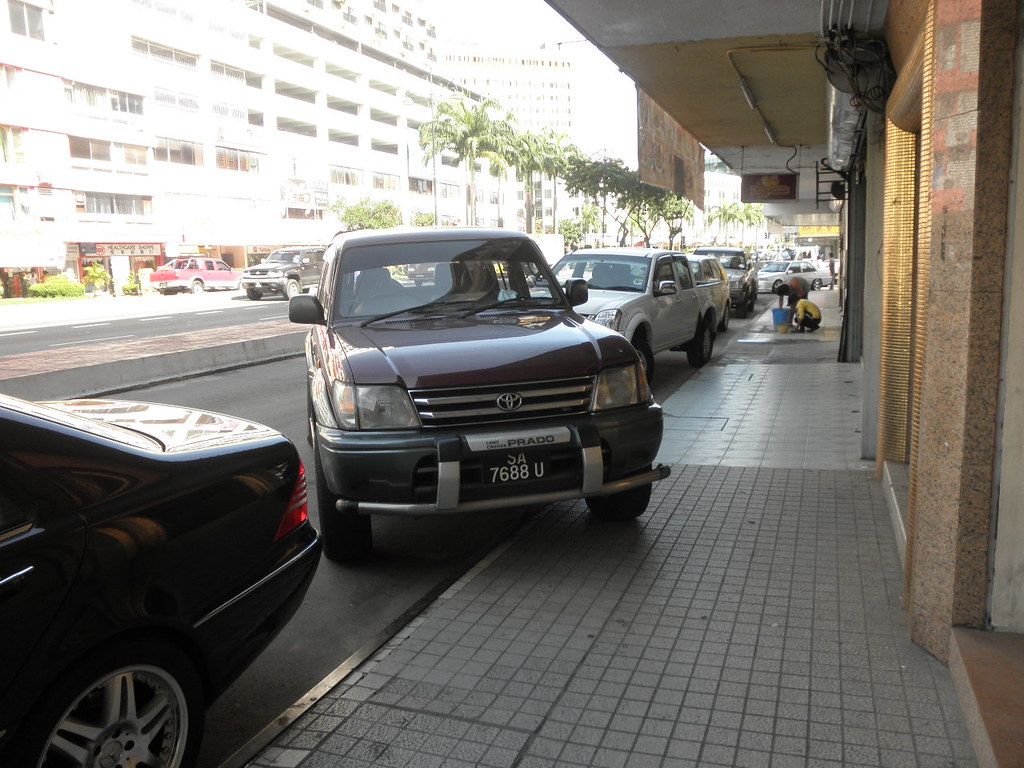
Parallel parking—just the thought of it can send shivers down a driver’s spine. It’s often seen as the ultimate test of driving skill and precision, a maneuver many drivers go to great lengths to avoid. Whether it’s the daunting prospect of squeezing your car between two others, the pressure of traffic rushing by, or the fear of an embarrassing curb kiss, this parking technique has earned its reputation as every driver’s nightmare.
But here’s the good news: this complex driving skill isn’t an unconquerable beast. With the right approach, a clear understanding of the mechanics, and some dedicated practice, you can transform this dreaded task into a smooth, confident maneuver. We’re here to demystify the process, break down the intimidating barriers, and equip you with actionable strategies to master parallel parking like a seasoned pro.
This comprehensive guide is designed to cut through the confusion and provide you with straightforward, easy-to-follow steps and practical tips. We’ll start by unpacking the core elements of parallel parking, from finding that perfect spot to executing the intricate dance of steering and reversing. Get ready to gain the confidence you need to tackle any parallel parking situation head-on, turning potential stress into a skill you can rely on.
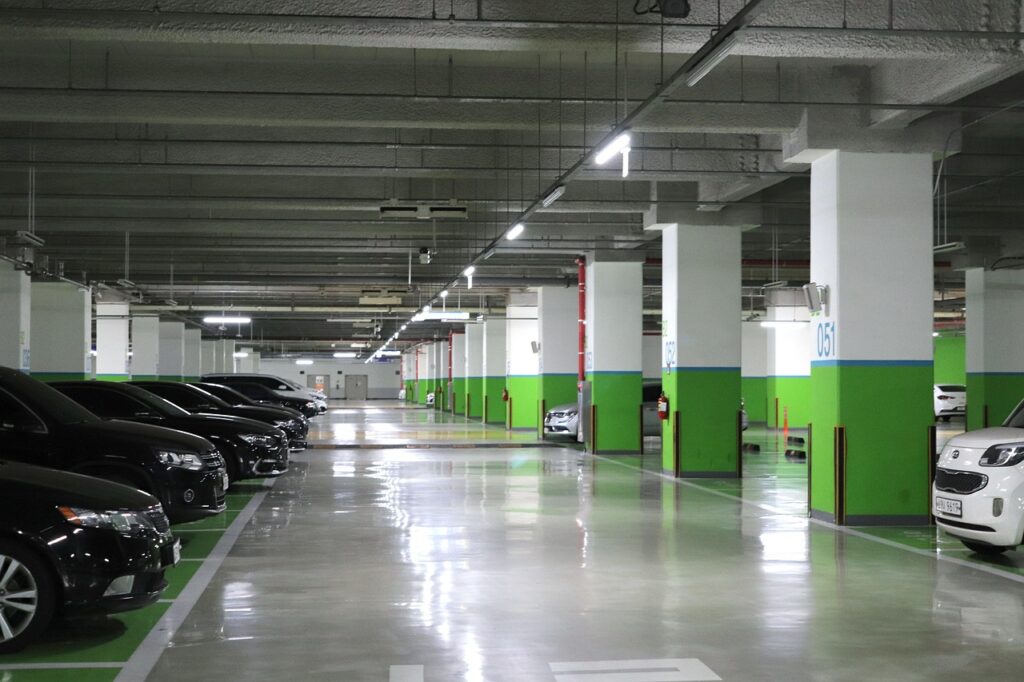
1. **Demystifying the Parallel Parking “Nightmare”** At its core, parallel parking refers to a parking method in which you park a car parallel to the road, and in line with the rest of the other parked cars. It involves positioning your vehicle parallel to the road and between two parked cars. While it might seem like a mystical art, it’s actually a sequential process that relies on understanding spatial relationships and precise vehicle control – an essential driving skill, especially in cities, and often a requirement for driver license examinations.
So, why does parallel parking strike fear into the hearts of so many drivers? There are several common culprits. One major factor is the inherent tightness of spaces; often, you’ll only have a few extra feet beyond your car’s length to work with, demanding exacting accuracy that feels unnatural at first. This alone can make the maneuver feel daunting.
Another significant contributor to parking anxiety is traffic pressure. The presence of other drivers who may honk or tailgate can make you feel rushed and increase the likelihood of mistakes. This external pressure transforms a learning experience into a high-stakes challenge under public scrutiny, adding to the stress.
Limited visibility also plays a role. Judging distances between vehicles and the curb requires good spatial awareness, which is difficult when relying solely on mirrors and blind spots. Coupled with a general lack of regular practice, it’s easy to see why this skill remains a source of apprehension. Fortunately, these obstacles are not insurmountable; they can be overcome with consistent technique, patience, and repetition.
2. **Scouting the Perfect Parking Sanctuary** Before you even consider turning your steering wheel, the very first step to a successful parallel park is finding the right spot. This isn’t just about legality; it’s about providing yourself with the optimal conditions for the maneuver. To begin, you need to find a space that’s large enough. The golden rule is to keep a gap of at least 1.5 times the length of your car to have enough room for a safe maneuver.
With this much space, you can parallel park effectively; with anything less, you won’t have the room you need to do so safely. While experienced drivers might squeeze into tighter spaces, for beginners, we highly recommend increasing this interval. It serves as your crucial safety margin for getting in and out, reducing stress and the risk of bumps.
Additionally, ensure that the spot is not too close to a corner or a driveway, as this can make the maneuver more challenging due to potential obstacles or restricted visibility. Taking your time to locate a spot that offers ample room, ensuring it’s legal and sufficiently large, is an investment in a hassle-free maneuver.
Once you’ve identified a suitable space, don’t forget to signal your intentions by using your turn signal. This small but crucial step is a vital safety measure. Signaling informs other drivers and pedestrians of your actions, alerting them to give you the necessary space and time to execute the parking maneuver, thereby reducing potential confusion.
3. **Setting Up for Success: The Art of Initial Positioning** With the perfect spot chosen and your intentions signaled, the next critical step is to correctly position your vehicle. Begin by pulling up alongside the vehicle that’s in front of where you want to parallel park. This initial alignment is crucial because you must back into your parking spot to park properly, and this setup dictates the angle for your entire maneuver.
Align your car parallel to the vehicle parked in front of the open space. The ideal distance between your vehicle and the parked car’s side should be approximately two to three feet. This precise gap is essential; too close, and you won’t have the turning radius; too far, and you’ll end up too far from the curb. It allows enough room to maneuver without risking contact.
Several cues can help you achieve this precise alignment. One common method is to align your passenger side mirror with the driver’s side mirror of the other vehicle. Another effective technique is to position your vehicle so that your back wheels are near the back bumper of the car in front. The goal is to be completely parallel to the car you’ll be behind.
Ensuring you are lined up almost directly next to the vehicle in front, maintaining that crucial 2-3 feet distance, prepares you for the backing-up sequence. This deliberate setup removes much of the guesswork, providing a stable foundation from which to execute the more complex steering adjustments. It’s the moment where you get in position, ready to begin the parking maneuver with confidence.
Read more about: Exploring the Cosmos: A Comprehensive Look at ‘The Super Mario Galaxy Movie’ – Release, Cast, Plot, and What to Expect
4. **Executing the Arc: The First Reverse Turn** Now that you’re perfectly positioned and ready, it’s time to initiate the actual parking maneuver. The first phase involves creating the initial arc that will guide your car into the space. Shift your car into reverse and begin backing up slowly. As you start this motion, an important tip is to turn your steering wheel as far as it will go to the right. When the wheel is fully turned, you’re ready to start curving into your parking spot.
This full right turn of the steering wheel is designed to swing the rear of your car towards the curb, aiming it precisely into the available space. It’s crucial to perform this action slowly and with controlled movements. Rushing through can cause you to overshoot your angle or come too close to the vehicle in front, complicating subsequent adjustments. Keep an eye on your mirrors, especially the right side, to monitor your vehicle’s path.
You’ll need a clear reference point to know when to stop this initial reverse and right-turn sequence. One reliable indicator is to stop once you can see the car behind you in your left side mirror. The context also suggests stopping “When the entire front of the car is visible in the mirror,” which gives you a clear visual cue for the next phase. Another helpful visual is to stop when “the front right wheel of your car is near the back corner of the vehicle in front.”
The ability to perform this step accurately relies on careful observation and a gentle touch on the accelerator and brake. Remember, you want your car to just barely pass behind the rear of the car in front so that you’re pulling toward the curb. This controlled arc is the foundation for successfully slotting your vehicle into the parking space, moving you smoothly into the next phase of the maneuver.
5. **The Straighten-Up: Guiding Your Car into the Spot** With the initial right-hand arc completed and your rear bumper aimed towards the curb, the next critical phase involves straightening out your vehicle to guide it further into the empty parallel parking spot. As your car continues to move backwards, this is where you’ll begin to slowly straighten your steering wheel. The goal here is to shift from a sharp angle to a more gradual entry into the space.
Once you can see the whole front of the car in your left side mirror, as per one set of instructions, you need to reverse straight and move closer to the curb. Turn the car’s wheels straight and continue reversing. This adjustment helps to bring the front of your car into alignment, preventing it from swinging out too wide and ensuring a smooth trajectory into the spot.
A key reference point for this step is to stop when your right side mirror covers the vehicle’s tail light in front. This visual cue helps you gauge the precise moment to halt the straight reverse, indicating that you’ve created enough clearance at the front of your vehicle. Continuously check all mirrors and through your windows and front windshield during this maneuver to ensure you are not in danger of hitting either of the vehicles bordering the parallel parking space.
This phase is about precision and control, guiding the middle and front sections of your car into the spot while maintaining a safe distance from both the front car and the curb. By straightening your wheels and carefully reversing, you are setting the stage for the final adjustment that will bring your car perfectly parallel to the curb.
6. **The Final Swing: Mastering the Left Turn** You’re almost there! Your vehicle is now mostly within the parking space, angled correctly, and ready for the final, crucial adjustment that will bring it parallel to the curb. This step involves turning your steering wheel all the way to the left. Once the front of your vehicle has passed the back bumper of the vehicle in the parking spot in front of you, you should begin to turn your steering wheel to the left.
As soon as your right side mirror covers the vehicle’s tail light in front, you can start moving in. Turn your wheels entirely to the left and reverse slowly until you’re in. This full left turn of the wheel will swing the front of your car inwards, effectively straightening your vehicle within the parking spot. Continue to back up until your vehicle straightens out, keeping a close watch on your rearview mirror to see how close your vehicle is to the car in the parallel parking spot behind you.
You should now be nearly touching the car behind you and close to being in line with the vehicles that you’re parking between. The difficult part of the maneuver is basically finished! Once your car is neatly tucked into the spot, you may need to make minor adjustments. This involves driving forward or reversing slightly to ensure your car is centered and has an equal amount of space in front and behind it, as well as being close to the curb as possible.

7. **Fine-Tuning Your Park: Precision Adjustments**You’ve successfully guided your vehicle into the parallel parking spot, executing the complex dance of steering and reversing. But the journey isn’t quite over; now it’s time for the crucial fine-tuning—those precision adjustments that transform an adequate park into a truly masterful one. This final phase ensures your vehicle is perfectly positioned, not just for aesthetics but for safety and convenience, both for yourself and for those parked around you. It’s the moment to take a breath and polish your parking masterpiece.
The primary objective of this stage is to achieve an optimal balance within the parking space, aiming for an equal amount of room both in front of and behind your vehicle. This thoughtful centering ensures that you and the vehicles bordering your spot have ample clearance to maneuver without unnecessary risk of contact. If, after the main maneuver, you find your car leaning towards one end of the space, a slight shift by driving forward or reversing is all it takes. These minor adjustments are key to being “in a good spot between the two cars,” making your park considerate and safe for everyone involved.
Another critical aspect of fine-tuning involves your distance from the curb. The goal is to be “as close to the curb as possible” without actually touching it, typically within a range of 12 to 18 inches. If your car is too far, or perhaps surprisingly close, gentle, incremental movements are your best allies. You might need to “shift into forward to position your car” or reverse slightly, combined with delicate steering corrections, to achieve that perfect parallel alignment. Remember, “if you aren’t perfectly straight, now is the time to make any adjustments to fix that.”
These final touches are where patience truly pays off. Rushing through this stage can negate the precision you’ve already achieved. Take your time, making small, deliberate movements to “straighten up your position.” Whether it’s gently creeping forward or reversing a tiny bit, these meticulous adjustments remove much of the guesswork, leaving you with a stable, secure, and impeccably parked vehicle. It’s about ensuring your final position is not only legal but also respectful of the shared parking environment.
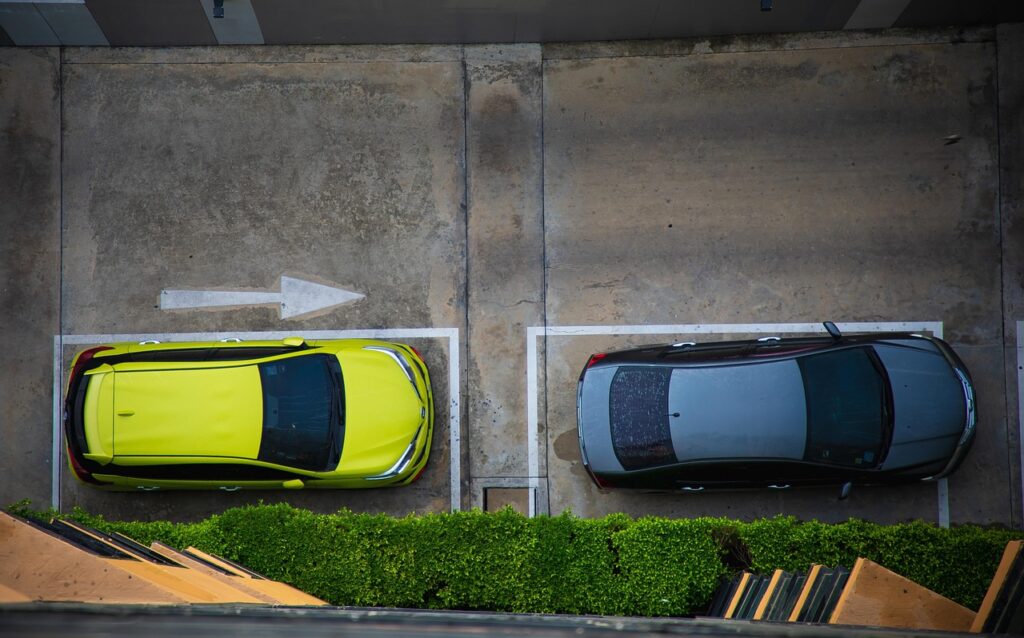
8. **The Post-Park Inspection: Confirming Your Perfect Position**With your vehicle neatly tucked into its parallel parking spot, you might be tempted to just walk away, celebrating a successful maneuver. However, a crucial step remains: the post-park inspection. This isn’t just a suggestion; it’s a vital habit that confirms your position for safety, adherence to regulations, and courtesy to fellow drivers and pedestrians. This brief but important check can prevent frustrating tickets, avoidable dings, or even minor accidents that arise from careless parking.
Your first order of business should be to verify your vehicle’s placement within the designated parking area. If there are clear pavement markings, a quick glance or even opening your car door to look down can confirm your tires are within the lines. In areas without explicit markings, the goal is to be aligned properly with the general flow of parked cars. This check is paramount for ensuring you haven’t encroached on a restricted zone or parked illegally, which could result in a hefty fine or even having your vehicle towed.
Next, step out of your car and take a moment to survey your vehicle’s overall position from an external perspective. Is your car “straight and not protruding into the road where other vehicles could hit it?” Critically, assess the spacing: “make sure that there is enough space between your car and the vehicles in front and behind you.” The ideal scenario allows for comfortable door opening and ensures that adjacent drivers can exit their spots without contacting your vehicle. This holistic view from outside the car provides insights that mirrors alone simply cannot offer.
A key guideline to aim for is positioning your vehicle “between 12 and 18 inches away from the curb and centered between the cars on either side.” This optimal spacing not only makes your car less vulnerable to passing traffic but also demonstrates consideration for others sharing the parking space. By habitually performing this final inspection, you reinforce good parking habits, transforming a potentially stressful maneuver into a confident and responsible action, every single time.
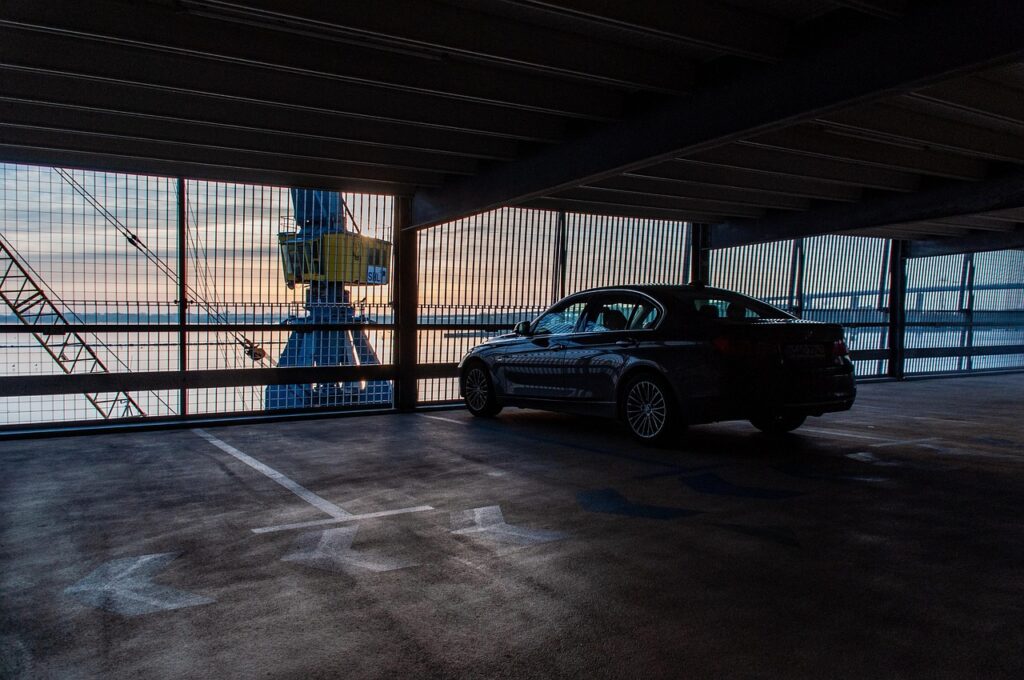
9. **Building Your Confidence: The Power of Cone Practice**For many drivers, the mere thought of parallel parking on a bustling city street—with its tight spaces, impatient honks, and looming curbs—can be incredibly daunting. It often feels like a high-stakes performance where a single misstep could lead to embarrassment or damage. This is precisely why building your confidence through practice, especially with the aid of cones, is an absolute game-changer. It provides a safe, low-pressure environment where you can freely experiment, make mistakes, and learn without the real-world consequences. Consider it your personal training ground for mastering this tricky skill.
To create your ideal practice arena, begin by scouting a quiet street with minimal to no traffic, or an expansive, empty parking lot. Next, set up two plastic cones or similar objects to mimic the dimensions of a standard parallel parking space. While the context suggests approximately 15 feet apart, remembering that most spaces are about “20 feet long” can guide your setup, allowing for some flexibility. For beginners, it’s often beneficial to make the space slightly larger than “1.5 times the length of your car” to provide a more forgiving margin for error as you get a feel for the maneuver. You can even enhance this setup by using three cones to represent the full front car and the front end of the rear car, adding chalk lines on the ground to simulate a curb.
The inherent advantage of practicing with cones is the psychological safety it offers. The absence of actual vehicles means you can repeat the maneuver countless times, focusing intently on each step, from initial positioning to final adjustments, without the stress of potential collisions. This iterative process is invaluable for developing “muscle memory,” refining your steering inputs, and sharpening your spatial judgment. It’s about truly understanding your vehicle’s footprint and how it interacts with the perceived boundaries, helping you to “get the gist of the maneuver” and feel intrinsically comfortable with the process.
As you consistently practice and achieve successful parks between the cones, your confidence will naturally soar. This foundational skill set, honed in a controlled environment, will directly transfer to real-life parallel parking situations, significantly alleviating any prior anxiety. The context wisely states, “it’s a good choice to practice parallel parking using two cones instead of real cars. That way, you can get skilled without the stress of possibly damaging your vehicle or someone else’s.” So, embrace the cones, for they are your path to becoming a parallel parking virtuoso.

10. **Overcoming the Jitters: Taming Parallel Parking Anxiety**Parallel parking often conjures images of sweaty palms, racing hearts, and the dreaded thought of impatient drivers honking behind you. This “parking anxiety” is a very real and common hurdle for many, whether they’re new drivers or seasoned ones who simply avoid the maneuver. The tight spaces, the external pressure from traffic, and the perceived lack of visibility can transform a practical driving skill into a source of significant stress. Yet, understanding that this anxiety is conquerable is the first step towards confidently embracing this essential urban driving technique.
The key to taming these jitters lies in a multi-pronged approach, beginning with creating a stress-free learning environment. As highlighted, practicing in “a quiet, open space with cones” is a phenomenal starting point. This removes the immediate fear of damaging your vehicle or someone else’s, allowing you to focus purely on the mechanics of the maneuver. By repeatedly going through the steps—aligning, reversing, steering—without external pressure, you gradually build muscle memory and a deeper understanding of your car’s dimensions, which are fundamental to conquering spatial judgment challenges.
Another crucial piece of advice is to “Don’t Rush.” Parallel parking, especially when you’re feeling anxious, should be executed slowly and deliberately. Rushing amplifies stress and increases the likelihood of errors, which then feeds back into the anxiety cycle. Moving at a snail’s pace allows you to better utilize your mirrors and reference points, giving you more time to make precise, small adjustments. If you feel frustration or panic starting to build, take a deep breath, pause, and recompose yourself. Remember, “moving slowly will allow you to use your reference points better and avoid injuring other vehicles.” It’s far better to take an extra moment than to rush into a mistake.
Finally, overcoming parallel parking anxiety is a process of gradual exposure and mastery. Start with those quiet cone practices, build a solid foundation, and then slowly progress to slightly busier environments. The confidence you gain from successfully executing the maneuver in controlled settings will steadily erode the fear associated with real-world situations. “Eventually, your parking anxiety will fade, paving the way for a more assured and proficient driving experience.” The more you practice, the more intuitive the process becomes, ultimately making parallel parking a skill you rely on, not dread.
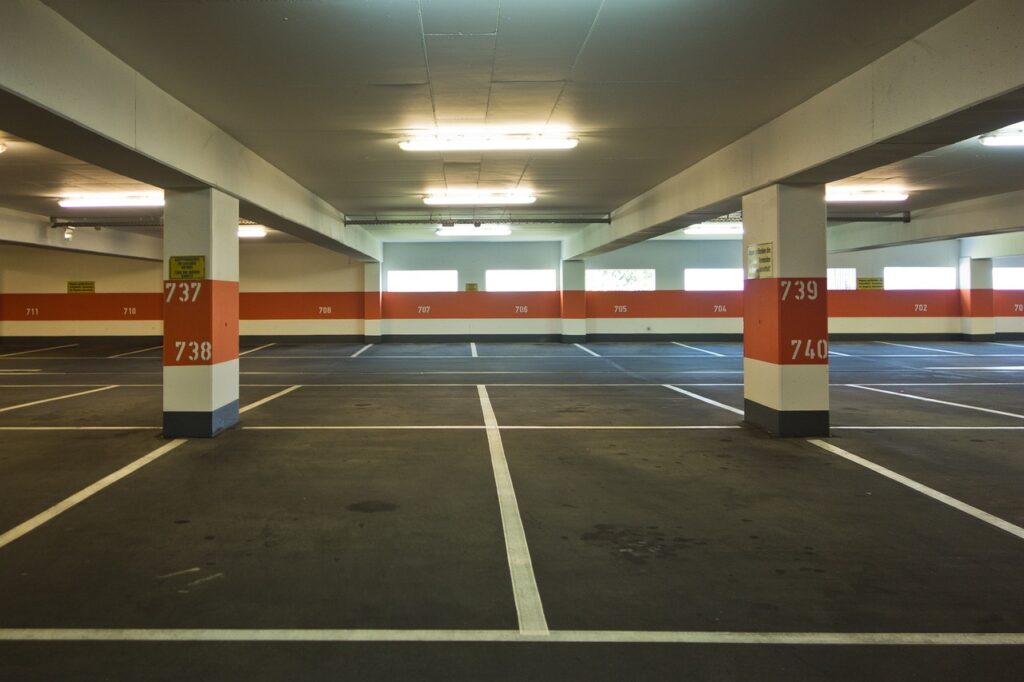
11. **Troubleshooting Common Snags: Correcting Misalignment**Even the most meticulous drivers can find themselves slightly off-kilter after attempting a parallel park. Misalignment is a common snag, manifesting as your car being either not perfectly parallel to the curb, too far away, or awkwardly angled within the space. Instead of letting this common occurrence lead to frustration or abandoning the spot entirely, knowing how to calmly and effectively troubleshoot these issues is a hallmark of a proficient driver. It’s about having a practical strategy for when the initial attempt isn’t picture-perfect.
The most straightforward and often most effective solution for significant misalignment is to “Start Over.” If you notice your vehicle is substantially out of position, stay calm, put your car in drive, and carefully pull out of the parking space. Realign your vehicle parallel to the car in front, just as you did at the very beginning of the maneuver. This provides a clean slate, removing the compounding errors of trying to correct a severely skewed position, and allows you to re-attempt the park with a fresh perspective and corrected initial alignment. Don’t view it as a failure, but as a strategic reset.
For minor misalignments, or if pulling out completely isn’t practical due to traffic, “Reverse with Caution” and make gradual adjustments. While slowly backing up, ensure you’re continuously checking your mirrors and blind spots for any approaching traffic or pedestrians. Gently turn the steering wheel as needed, making slight, incremental adjustments to bring your car parallel to the curb. The context warns against “Oversteering or Understeering,” emphasizing that “making small, incremental adjustments is crucial to avoid overshooting the alignment.” These micro-corrections are vital for nudging your car into the perfect position without creating new problems.
If your car is persistently misaligned, gently moving forward to readjust your angle and then attempting to park again can also be effective. The key across all these troubleshooting methods is precision and control. Avoid abrupt or large steering inputs. Instead, focus on small, deliberate movements, continually checking your mirrors to observe your vehicle’s response. Mastering these correction techniques empowers you to tackle imperfect parking attempts with confidence, ensuring you can always achieve a safe, well-positioned park.
12. **Making a Smooth Exit: Pulling Out Like a Pro**You’ve successfully conquered the challenge of parallel parking, snugly fitting your vehicle into that tight spot. But the maneuver isn’t truly complete until you can make a smooth, safe exit back into the flow of traffic. The good news is that “getting from a parallel parking position is a lot simpler than getting into one in the first place,” requiring fewer complex turns and more direct observation. Mastering the exit ensures your entire parallel parking experience, from entry to departure, is seamless and confident.
To initiate your departure, begin by checking that your wheels are straight. Then, shift your car into reverse and gently back towards the car behind you. The goal here is to create sufficient space in front of your vehicle to pivot out, so back up “as close as you reasonably can without putting yourself in danger of hitting the other vehicle.” As you reverse, keep a vigilant eye on your mirrors and quickly check over your right shoulder for any traffic, cyclists, or pedestrians approaching from behind. This initial backward movement is crucial for setting up your forward trajectory.
Once you’ve created adequate space at the front of your car, it’s time to prepare to re-enter the traffic lane. Turn your steering wheel “all the way to the left” and shift your car into forward gear. Before you begin moving, perform a comprehensive check for traffic in the lane you intend to enter. Utilize your rearview mirror, side mirrors, and turn your head to glance over your left shoulder, making sure to signal your intentions to other drivers well in advance. “Check for traffic in the lane you are about to enter,” as this crucial observation prevents potential collisions.
With a clear path ahead, slowly drive out of the parallel park. As your car moves forward, continuously “ensure you can clear the automobile ahead of you by looking towards the front side of your vehicle.” This visual confirmation helps prevent your front bumper from swinging into the car in front. Once your vehicle is safely clear of the parked car and you are fully in the traffic lane, straighten your wheels and accelerate smoothly. This controlled and observant exit completes the full parallel parking cycle, solidifying your status as a confident and skilled driver.
Read more about: Beyond the Face: Unmasking the 13 Actors Whose Iconic Voices Echo Through Pop Culture
So there you have it: the complete toolkit for transforming parallel parking from a white-knuckle ordeal into a smooth, everyday skill. From the initial precise setup to those crucial fine-tuning adjustments, and even a graceful exit, every aspect is within your grasp. Remember, mastery isn’t about avoiding mistakes, but about learning from them and practicing until confidence becomes your second nature. Embrace the cones, calm your nerves, and soon you’ll be slotting into those tight city spots with the effortless flair of a true driving virtuoso. Happy parking!


